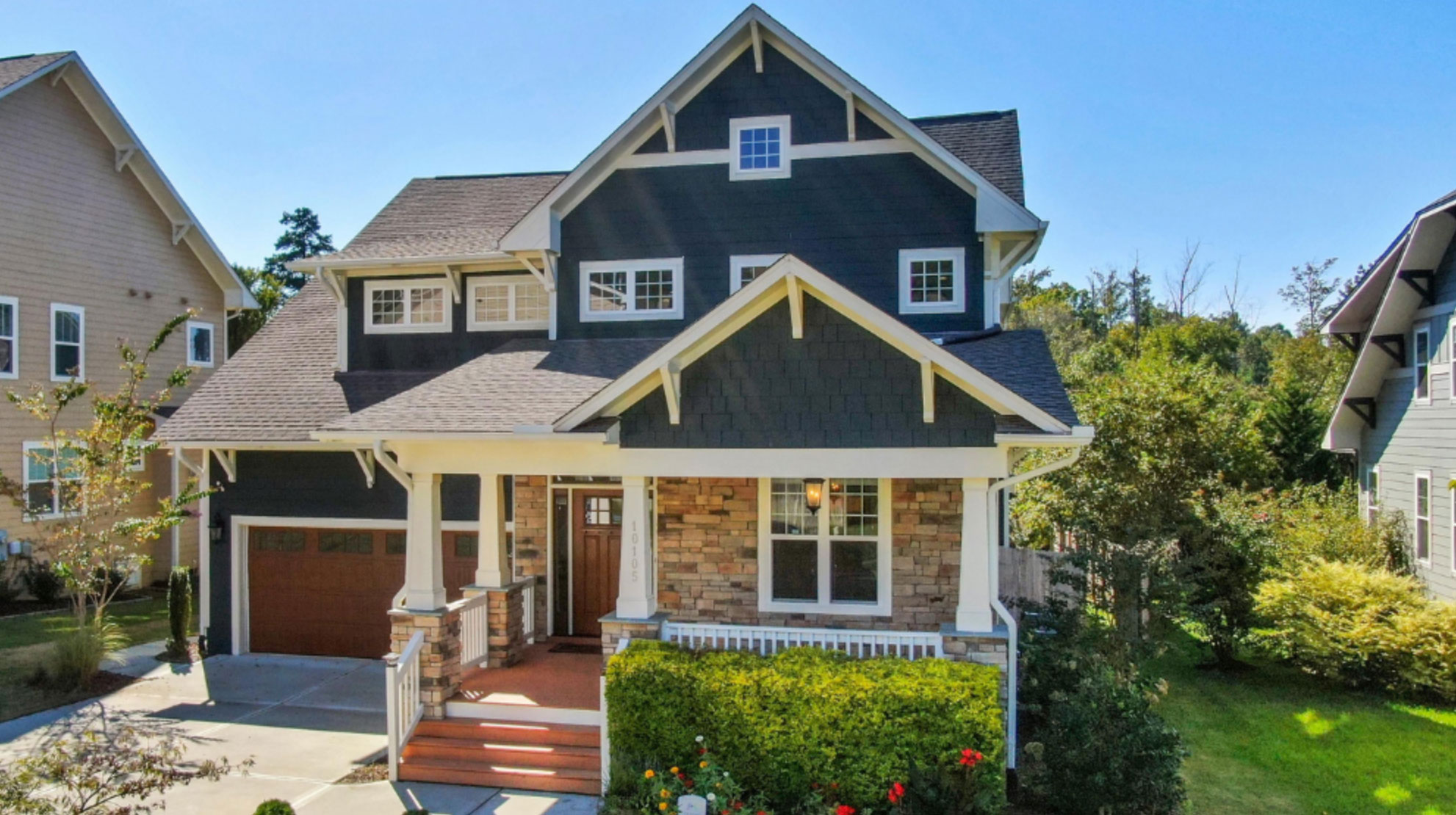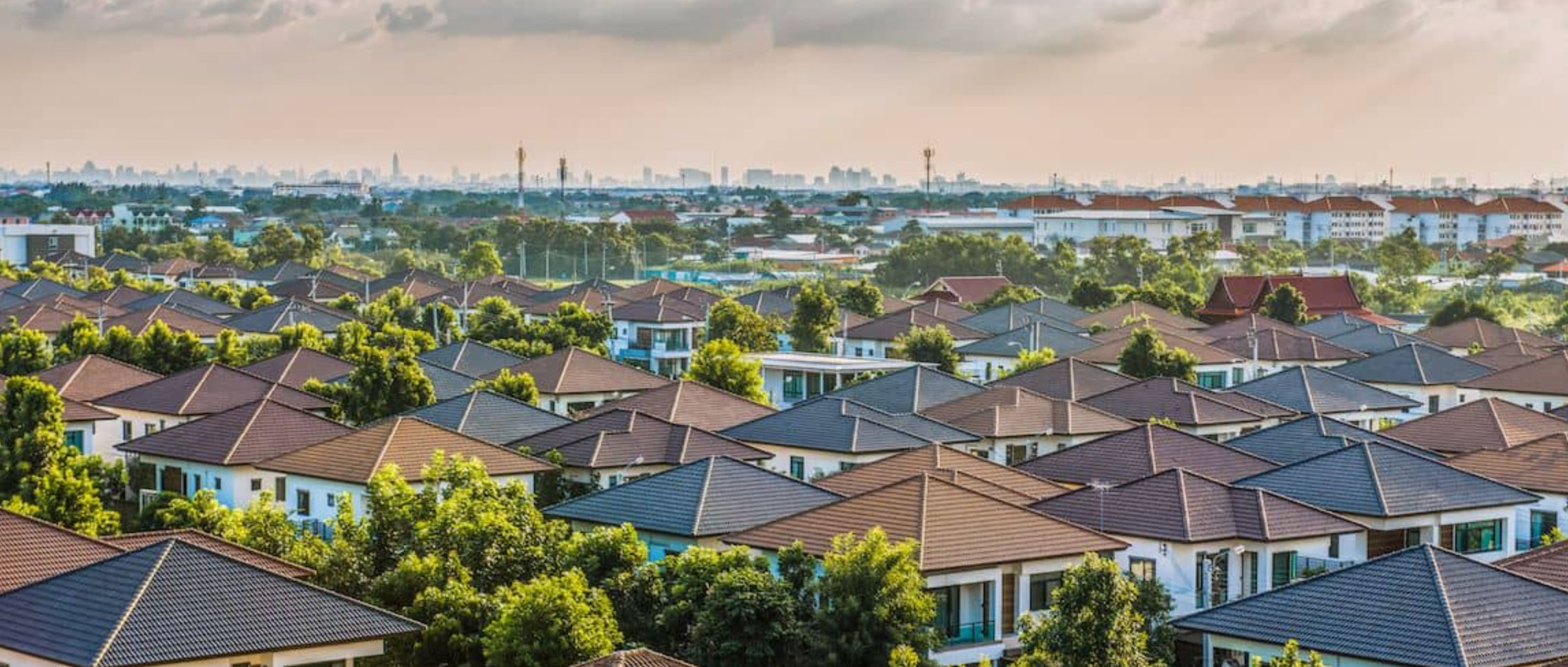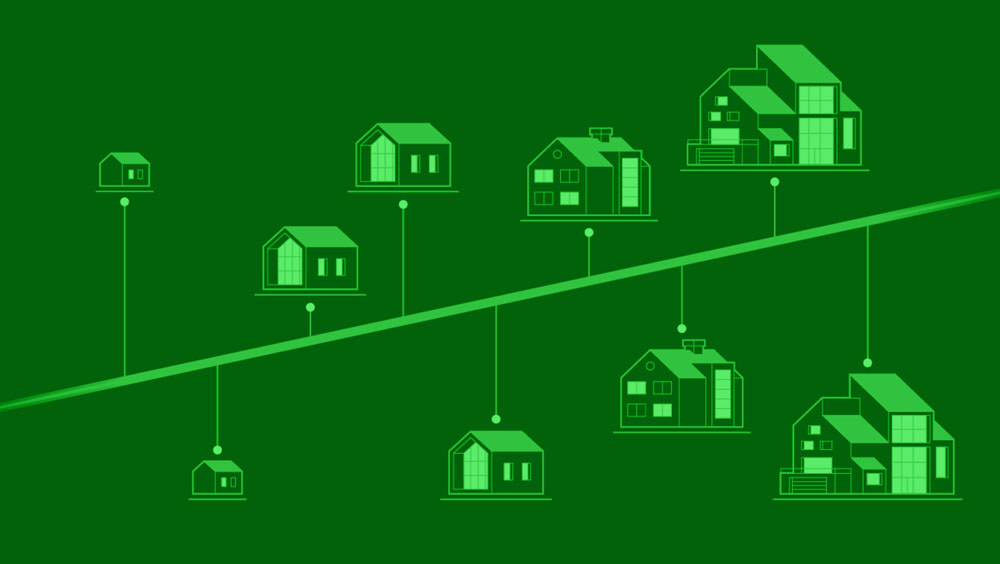When buying or developing property, you may come across the term 'variance' in the real estate process. But what is a variance in real estate, and how can it affect your property plans? Variances are official permissions granted by local governments that allow property owners to use their land in a way that deviates from existing zoning laws. In this article, we’ll explore what a variance is, the different types, and what you need to know before applying for one.
Understanding What Is A Variance In Real Estate

A variance in real estate is an allowance made by a zoning authority that permits a property owner to deviate from current zoning regulations. This exception is generally granted when strict adherence to zoning laws would cause the property owner undue hardship. Variances are not changes to the zoning law itself; rather, they are exceptions that apply only to a specific property.
Types of Real Estate Variances

There are typically two main types of variances in real estate: area variances and use variances. An area variance allows for modifications to physical property attributes, such as setback requirements or height limitations. A use variance, on the other hand, permits the land to be used in a way not typically allowed in that zoning district—for instance, operating a business in a residential zone.
Why Property Owners Seek Variances

Many property owners apply for variances to optimize land use or adapt older properties to modern needs. For example, someone might request a variance to build closer to a property line, add a second structure, or open a business in a residential neighborhood. Without a variance, these modifications would be illegal under local zoning rules.
How to Apply for a Real Estate Variance

To obtain a variance, the property owner must submit a formal application to the local zoning board. This usually involves presenting architectural plans, notifying neighboring property owners, and attending a public hearing. The board then evaluates whether the variance meets legal criteria, such as not negatively impacting the neighborhood and being the minimum deviation necessary.
Factors Considered in Variance Approval

Zoning boards consider several factors when deciding whether to grant a variance. These include whether the property has unique characteristics, whether the request stems from the owner's actions, and if the variance aligns with the public interest. Approval is more likely if denying the variance would substantially limit the property's reasonable use.
Potential Risks and Downsides

While variances can provide flexibility, they can also come with risks. If your application is denied, it might delay your project or require costly redesigns. Additionally, variances can sometimes lead to legal disputes, especially if neighbors believe the change negatively affects their property value or quality of life.
Real-Life Examples of Variance Use

A common example of a variance in real estate is converting a single-family home into a duplex in a zone where that is typically not permitted. Another example could be building a fence taller than the local ordinance allows. These situations demonstrate how variances can enable practical property improvements while still operating within the legal framework.
Tips for Success When Seeking a Variance

Success in obtaining a real estate variance often involves thorough preparation. Hiring a knowledgeable real estate attorney or zoning consultant can significantly improve your chances. Also, consider community support; if your neighbors approve of your plans, it’s more likely the zoning board will too.
Understanding what is a variance in real estate is crucial for any property owner looking to maximize the use of their land. Whether you're planning a home renovation or exploring potential commercial development, knowing the variance process can be the key to achieving your goals. Always consult with experts and do due diligence to make informed decisions and navigate zoning laws effectively.


